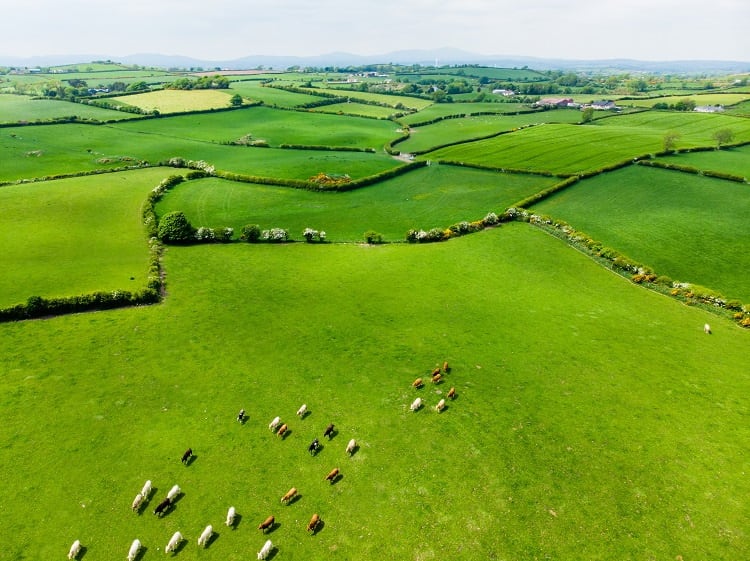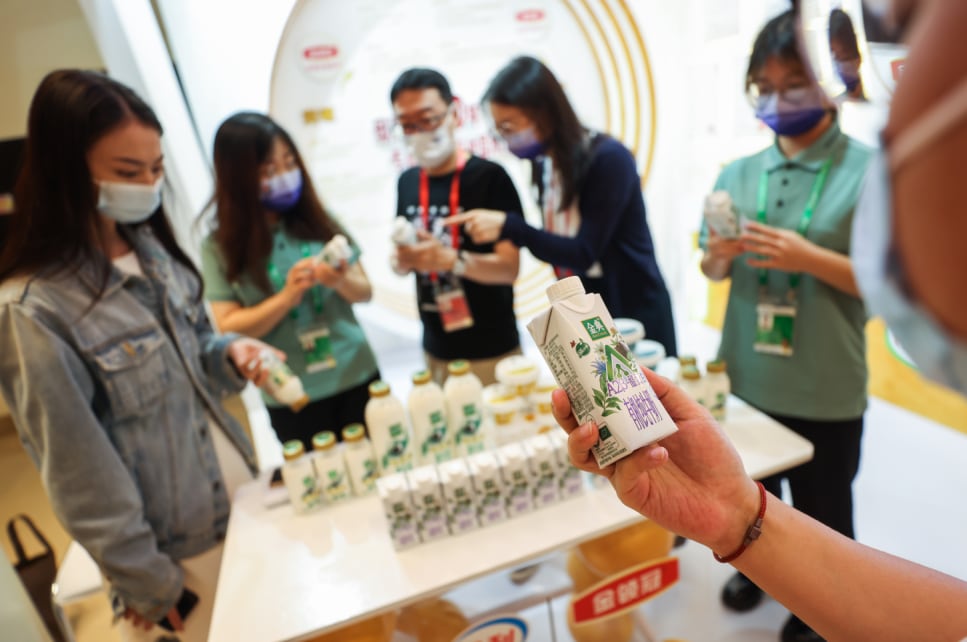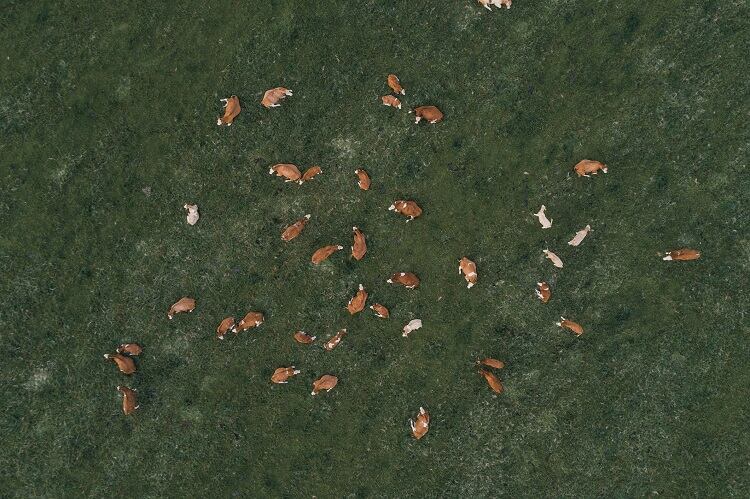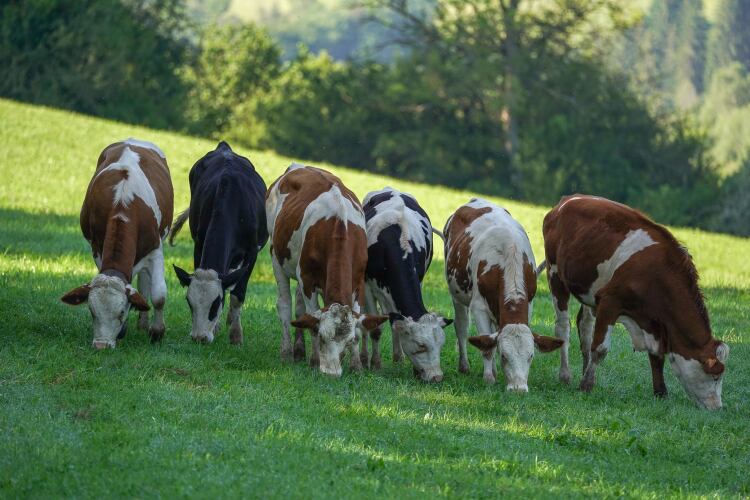Dairy farmers, like most agricultural workers, are already noticing some effects of global warming and feeling the pinch from changing consumer behaviours. But looking long-term, what will the consequences of climate change be for farms like these in the UK?
It’s difficult to say for sure what’s going to happen and at what rate, but below are a few aspects of cattle care and milk production the dairy industry will certainly have to address in the near future.
Pastures and feed
Heatwaves and sustained climate change will damage crops and, significantly for dairy farmers, feed for cows. Grassland and grazing pastures in the UK will be more prone to both droughts and flooding as weather becomes increasingly extreme, which will affect the amount of naturally available grass, scrub, and hay available for Britain’s dairy cows.
This and rising prices in the UK may lead to more imported feed, which although cheap, has a huge carbon footprint whether brought in by land, sea, or air. The emissions from an increased reliance on imports may then exacerbate the problem.
Milk yields
Cows are of course sensitive to heat, and as temperatures rise, heat stress could seriously affect milk production. In addition to overheating, a hotter climate can also indirectly cause cows to suffer, for example their reluctance to lie on warm ground can lead to them standing for too long and going lame from abscesses. Drought can also pose a problem when cows need to drink more water to combat the heat, but if there is less to go around — for example, during hosepipe bans — they can get lethally dehydrated.
Dry heat isn’t the only risk, as humidity can also cause a wealth of diseases and illnesses including those from parasites.
Cow housing
Lack of pastures and heat stress concerns may lead to more cows being housed year-round. Currently, 87% of farms with cattle use a mix of housed and grazing systems (gov.uk). However, increased housing of cows in the future may have a larger carbon footprint due to an increased use of fans and misters to keep the cattle cool as the earth heats up. In fact, pasture dairy farming has around 35% less energy consumption than housed dairy farming (MPDI).
Outside, where they can roam, cows have better access to fresh air without electrical intervention provided they have adequate shade. So, instead of year-round housing, many farmers are turning to tree planting as an alternative. Trees are cheap and can provide shelter when its warm, and planting more can have additional benefits due to their carbon offsetting capabilities.
However, planting the wrong kind and in the wrong places can cause additional problems such as spreading diseases, exacerbating wildfires, affecting soil pH, and misbalancing biodiversity (Slate).
Changing methods
Tree planting is just one example of a changing behaviour adopted as a result of the climate crisis that may actually do more harm than good if it isn’t done properly. Every action to reduce a carbon footprint must also take into account food security, animal welfare, biodiversity, and farming standards, and the steps taken need to increase efficiency rather than slow things down. If the eco-friendlier option upfront reduces output, then over time it won’t be sustainable.
A ‘back to basics’ approach such as storing manure for fertiliser, collecting rainwater for irrigation and washing, and planting trees for shade needs to be coupled with modern technology in order to be effective. For example, wind turbines and solar panels can reduce reliance on fossil fuels and help lower emissions, meaning farms can use more agricultural machinery while supplementing those with carbon-neutral tactics. Similarly, smart technology and agricultural management software can make farms more efficient and help agricultural workers get the most out of the resources they have.
Consumer attitudes towards dairy products are shifting too, with more people choosing plant-based products to reduce their own carbon footprints. With this in mind, farmers could start looking into organisations and schemes that can help farms safely transition to growing plant-based food, either by providing advice, infrastructure, or financial support.
Whether its global warming or consumer behaviour that’s having the biggest impact on dairy farms, these are just some of the effects that agricultural workers can expect to see in the coming decades.




